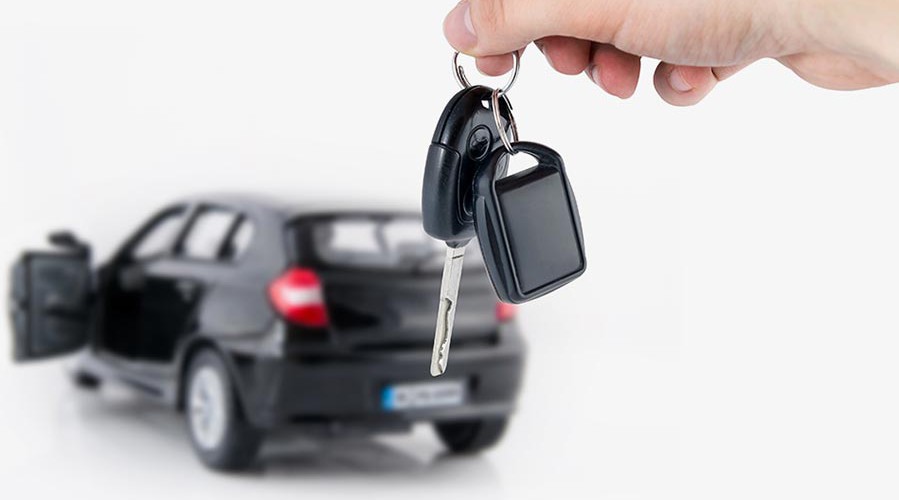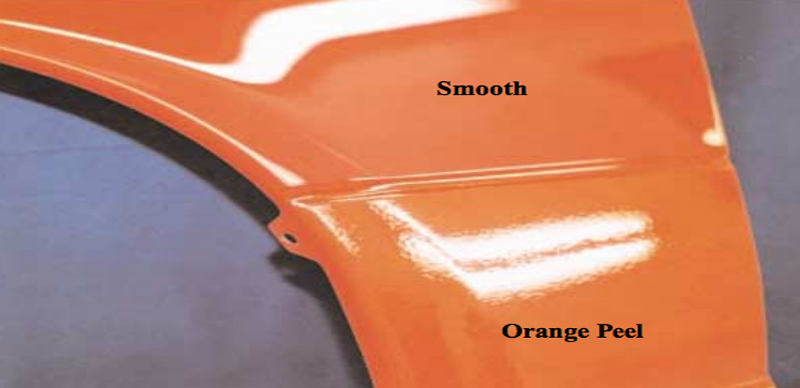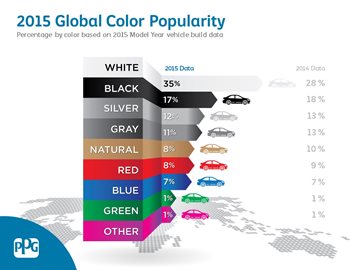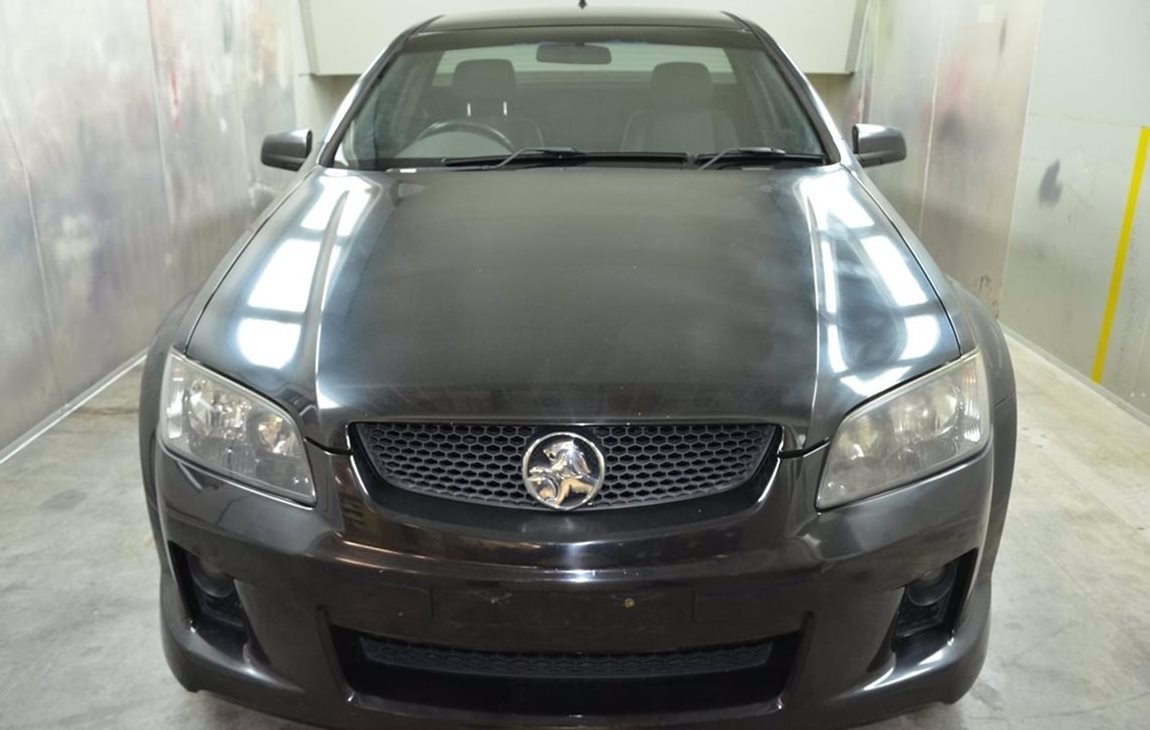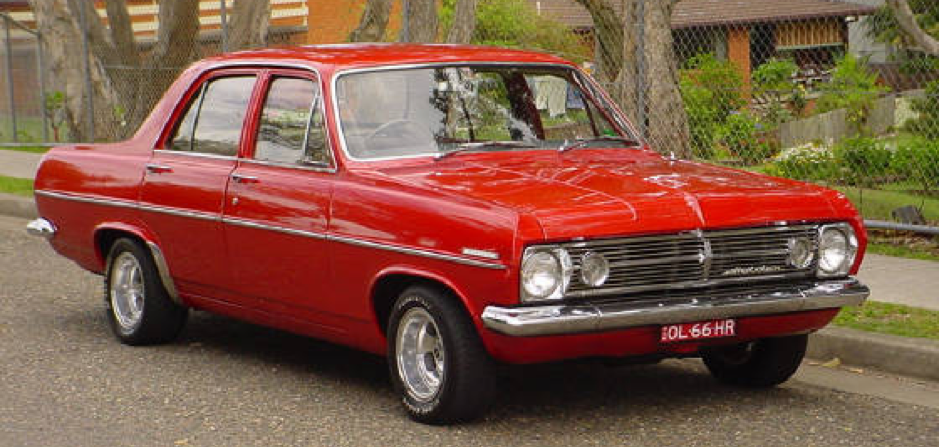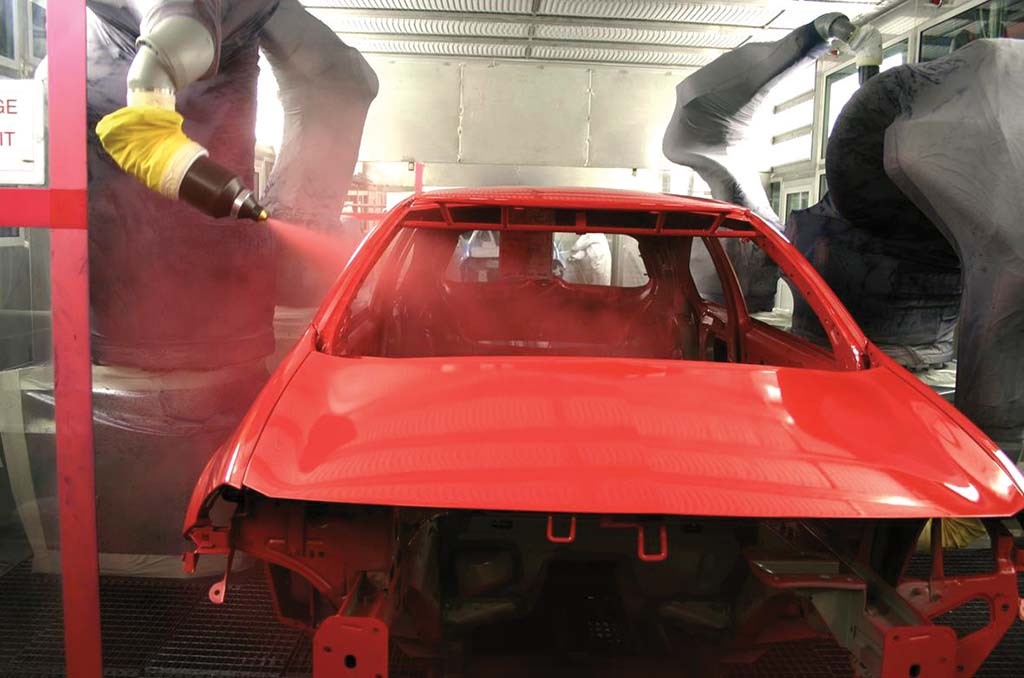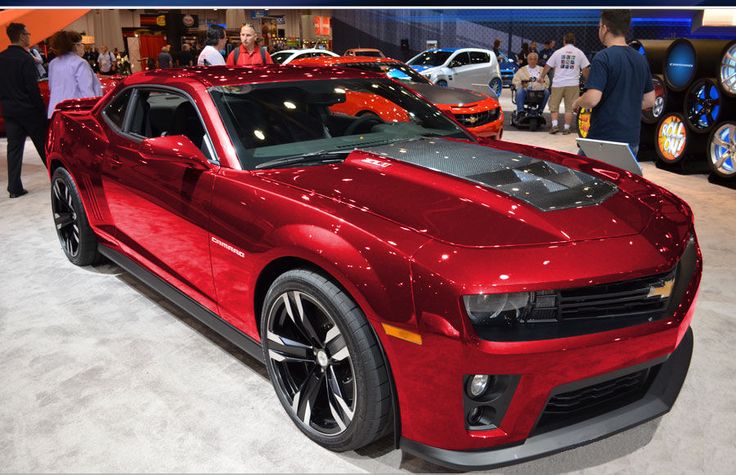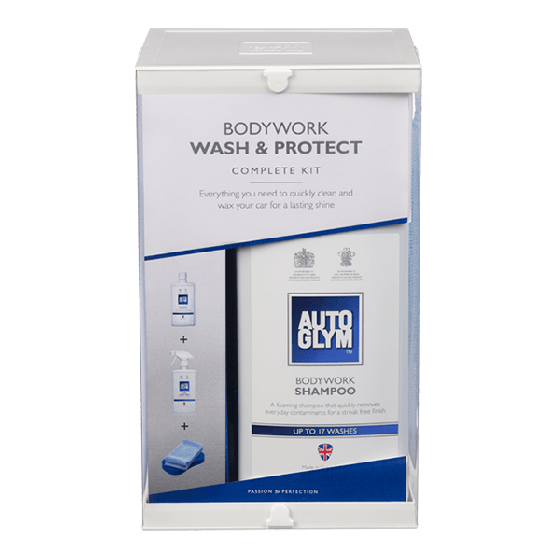Looking to buy a new or second hand car? In this feature we take you through how the different paint technologies have changed over the years, what to look for, what to expect when working on your vehicle and how to protect them for the long term.
Buying a car is an exciting time. Getting your head to think over your heart for most of us car enthusiasts, (somebody say shiny new car) is hard though, especially when we face the possibility of having a new toy to play makes it next to impossible!
SO, let’s take the consideration of buying a new car from the perspective of a car detailing enthusiast and look objectively at the changes in paint, materials and best maintenance practices to make sure your newest family member keeps you looking good behind the wheel for years to come.
Paint Quality
Ever looked at a new car or a freshly painted panel in detail and think it looks rippled or pot marked? Where the reflection is not as a sharp mirror image but more of a blur? Your paintwork may be suffering from something commonly known as Orange Peel, effectively looking like; an orange skin.
So how does this happen?
Orange peel is a direct result of the painting process and nothing to do with polishing, waxing or a bad wash. It’s how the paintwork has been applied to the panel and where something in the process has not quite been perfect. Orange peel can vary in severity and the factors that cause it are usually:
- How much paint has been applied to the panel?
- How long has the panel been allowed to dry?
- How has the paint been mixed?
- How clean or well maintained the spray guns are
- How fine has the paint been sprayed from the gun.
We will go into more detail on orange peel in another segment, however the reason we have included this in this car story, is for you to know that no amount of hand polishing and waxing will rectify the paintwork and remove the orange peel. For those that can’t live with and really want it removed however there is a solution and that involves power tools!
Did somebody say power tools and new car in the same sentence? Unfortunately for most of us mere mortals it’s best to get a professional to wet sand your vehicle which removes the dimpled orange peel effect. This involves cutting the layer of clear coat a fraction to produce a perfectly flat crystal-clear mirror shine, so all is not lost. Just factor in more money on top of the car purchase to perfect your look.
PAINT COLOUR
If you are buying a new car from the showroom then you often have a choice of at least 10 colours – most of which you will need to pay a premium for. In Asia Pacific including Australia markets, white remains most popular at 44 percent, followed by black 16 percent, natural and silver tied at 10 percent each, and gray 7 percent.
Most of us know that looking after certain colours years ago was harder as they were prone to loosing luster and fading. The big culprits were reds fading to pink, blacks dulling while whites would go chalky after being left in the sun. With the introduction of better paint technology as we will read about, this type of sun damage is not often seen on newer cars, meaning choosing a more exotic colour (yes electric blue is the in colour) is a safer long term option.
PAINT TYPE
Knowing what type of paint you have, how do identify it and what to expect when washing, polishing or trying to protect it will dramatically help you in keeping it looking great for much longer.
Base Coats, Clear Coats and Solid Paints
Up until around 10 years ago the common practice for car manufacturers was to use solid paint. The paint was applied to the vehicle in two to three coats with the colour pigmentation mixed in with the clear coat. This gave the paint some UV protection but only for a limited time as studies showed the UV particles were depleted rapidly and also didn’t have total coverage against the UV radiation. This left the paint exposed leading to rapid oxidation.
Solid paints are still found today on new vehicles but are limited to mainly on trade vehicles including utes and trucks. For those purchasing a new trade ute as a family car, consider the option of trying to upgrade your paintwork to a metallic paint for better technology.
How to tell if you have a solid paint
The easiest way to tell if you have solid paint is by giving it a light polish. With solid paint not having a clear coat barrier the pigmentation of the paint will actually rub off onto a microfibre or applicator. Polishing a red car can make you look like a mass murderer however. This is nothing to worry about too much but be aware you are rubbing off paint which won’t grow back. The less you do this the better. The below was an extreme version of a detail when you let solid paints go too long without looking after them.
Looking after Solid Paints
If you have solid paint on your vehicle it’s vital to keep it protected with a good layer of wax. This will provide the paint with a strong and full UV protection keeping the pigment from being attacked by UV radiation while keeping the colour strong. This will stop you needing to polish the paintwork as much, meaning the thickness of the paintwork will not be reduced.
Base Coats & Clear Coats
Today’s painting techniques apply a base coat and clear coat. This is used for both normal solid colours and metallic. Base coats and clear coats mean there are multiple layers of two different applications applied to the vehicle. The base coat provides the colour and coverage of the bare metal while the clear coat is the final layer applied separately that seals the base coat and metal frame and provides the UV and water protection for the car.
How to tell if you have clear coat.
Most new cars come with this paint application method, but if you don’t pick up the colour of the paintwork on a polish applicator or microfibre then your car has a clear coat. There will still be some particles on your applicator or microfibre however with being clear, you just don’t see them.
Looking after Base and Clear Coats
Maintaining the cleanliness and thickness of the clear coat is important for the longevity of the paintwork below. Washing will not always remove the daily contaminants that build up, however. If the clear coat is left dirty for long periods and needs continuous polishing to get the car clean, this reduces the thickness of the clear coat by small amounts each time. Over the years this can weaken and make the clear coat dangerously thin. If this gos then the paintwork will be unprotected.
By keeping the clear coat clean and well maintained (it’s the clear coat that you actually clean – not paintwork) you will need to polish less often and with less evasive polishes.
Giving your car a regular wax coating acts as a sacrificial layer against the UV radiation, airborne contaminants including fallout, water and acid rain (yes the stuff of school horror stories does exist) and makes it harder for contaminants to bond and penetrate the clean coat.
Scratches
If you scratch the car with a clear coat then depending on how deep it is depends if a polish can fix it. Gently run your nail over the scratch. If your nail catches and digs in then it may be too deep and you have broken through the clear coat. You will need to get this fixed to stop water penetration and further clear coat damage. If the nail doesn’t dig in then a good hand polish with Super Resin Polish (or Paint Renovator if you need some more grunt) should smooth out the scratch, allow the light particles to bounce in the same direction as the surrounding clear coat and effectively hide the scratch from sight.
Reflow Clear Coat Technology
A relatively new type of technology coming through is something called reflow technology. This clearcoat is able to repair small scratches itself under UV light, ‘reflowing’ the small scratch back to a flat surface. This type of technology is used from the very beginning of manufacture of the clearcoat and is still very new.
Acrylic Paints
Thankfully acrylic paints are dying out after seeing their heyday in the 70’s and 80’s. However, you can still find them on some separately applied external parts of the car, such as door handles, wing mirrors, tyre covers, wheel hub covers etc. Acrylic paints were used extensively as they were a cheaper alternative than the vehicle paint however didn’t have the longevity of either solids or clear over base.
If you have acrylic paints then make sure these get love with a good wax. UV radiation can really effect the colour and pigmentation. It’s common to see a red car with faded wing mirrors as they never received the attention like the body.
Metallic Paints
Most of you will know that metallic paints contain tiny metallic particles that are sprayed on at the same time as the paint. These paints are the most common with around 90% of new cars sprayed in metallic paint. Even white car have received the ‘pearl’ effect for some time thanks to metallic technology. The next step in this evolution is the use of crystals and gel crystal that give a more even coverage for a smoother finish.
Metallic paints always have a clear coat from factory so as long as you look after the clear coat then the metallic will stay shiny!
Matte and Satin Finishes
Many cars now come with a Matte or Satin option from factory, just a matter of asking the dealer, I’m sure this is one negotiation they can do without asking their boss. Hyundai have now been out with matte factory paintwork for years alongside Nissan, BMW, Mercedes and Porsche as well as many others.
It still amazing us though how many buyers purchase these vehicles without any knowledge being given to the new owner on how to look after the paintwork. The procedure is totally different to normal gloss painted vehicles and if purchasing a matte paint. Essentially matte cars don’t come with the same type of clear coat for obvious reasons as they don’t want the shine.
Looking after Matte & Satin Cars
There are considerations and extra precautions needed with matte paintwork however Autoglym have the products to keep any colour, matte, satin or wrapped finish looking great for a lot longer. For more information specifically talking about matte and satin cars go to http://www.blog.autoglym.com.au/looking-after-aftermarket-or-special-vehicle-surfaces/
Conclusion
Buying a new car today will almost certainly guarantee you a clear coat over the base however regular cleaning is essential to avoid having to polish too often. The best you can do to your new car is making sure you have a protective wax coating on it at all times. Remember if your clear coat is protected then your paintwork will always look great.
Purchasing a second hand car however will offer a mixed bag depending on age and manufacturer so follow the steps above to identify what type of paintwork you have before you start working on it. This will allow you to clean and protect it properly.
Quick thanks to Ayman Khamas for the picture of the red hand after his work on the solid paint Evo.

